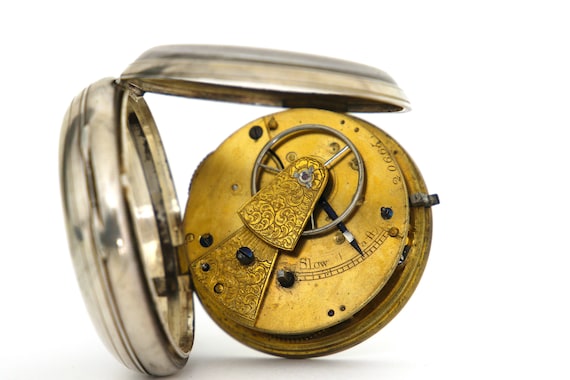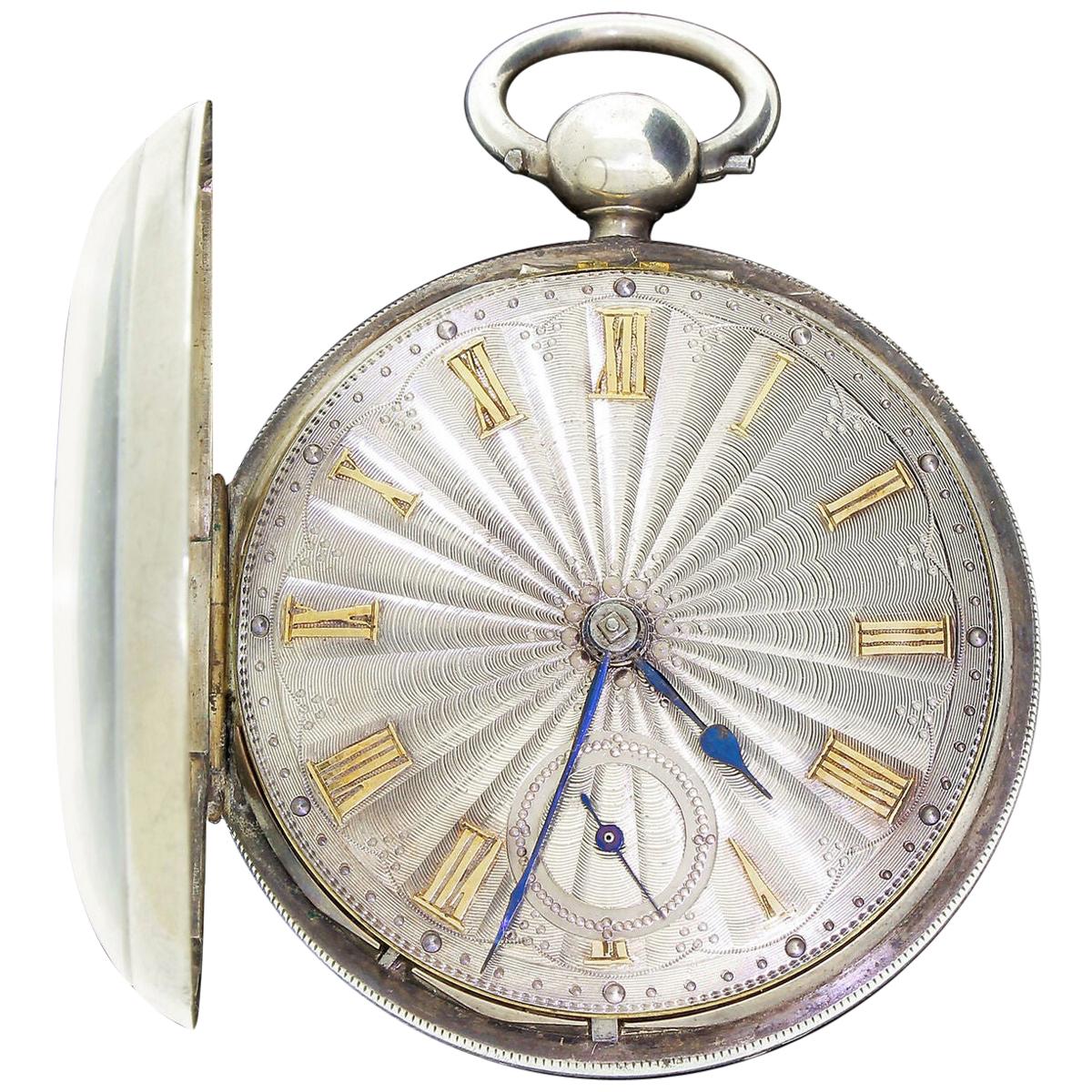

Two examples of English gold repoussée outer cases. The English preferred their paired cased system, whereas the French mostly continued to case their movement in a single, consular case.įrom left to right: Template to chase the repoussée decoration of silver and gold outer cases. This changed towards 1740, where quite elaborate gold and silver cases with repoussé work appeared. The cases remained rather plain, with occasional engravings such as coat of arms at the beginning of the century. Thanks to his refinements watches could be of thinner construction and of smaller size.

He used it throughout starting from 1725/6. One of the most important English contributions to gaining precision in timekeeping in the early 18th century was made by George Graham, who perfected the cylinder escapement.

Silver and gold as material for dials got replaced by enamelled copper. The English retained their rear winding system throughout, but added consequently a dust cap for protection as soon as the cylinder escapement was introduced. An exception were the few important and big watches built around John Harrison’s ‘H4’ and Thomas Mudge’s chronometers which had two footed cocks due to their large size, resembling the Dutch style (2). Starting from then, the foot got narrower and the diameter of the cock itself diminished. In England the watches kept the single footed cock, but the D- shape of the cock-foot seen at the end of the 17th century was retained only until about 1710. A few outstanding watchmakers stood out of the mediocre crowd, most of them were associated with Jacques – Frédéric Houriet. Later a few centres developed, in which high quality watches were produced, especially for the Ottoman and Chinese market. The use of pillars got obsolete, when newer movement configurations took over using separate bridges omitting the back plate, a system invented by French watchmaker Jean – Antoine Lépine and refined by Abraham – Louis Breguet.Īlthough specialised in cheap reproductions of French and English watches since the late 17th century, Swiss watchmakers started to enter the raw movement (ébauches) trade, especially for France. Left to right: tulip, Egyptian, square baluster, round baluster pillarsīoth countries followed the same change of pillar style, getting away from the tulip and Egyptian type towards the square baluster style, which started to get shorter, thinner and rounder towards the end of the 18th century, especially due to the effort of making smaller and flatter watches.


 0 kommentar(er)
0 kommentar(er)
